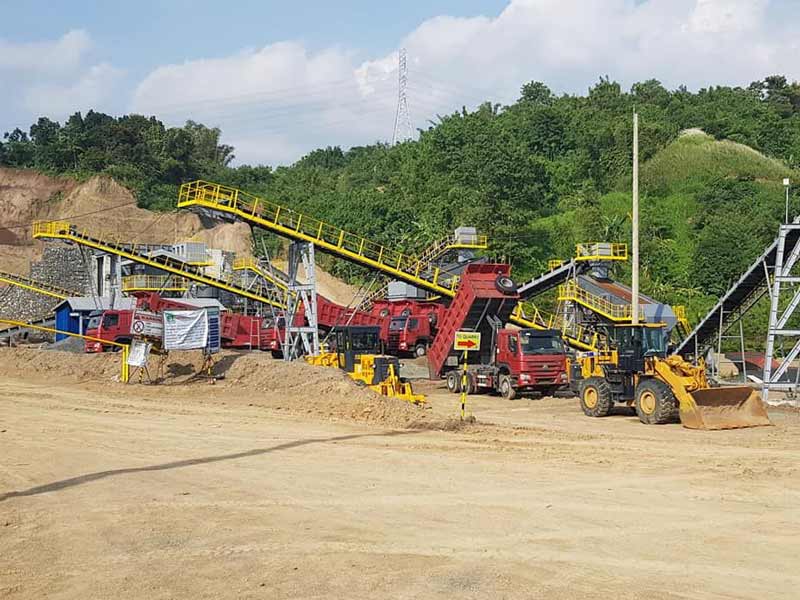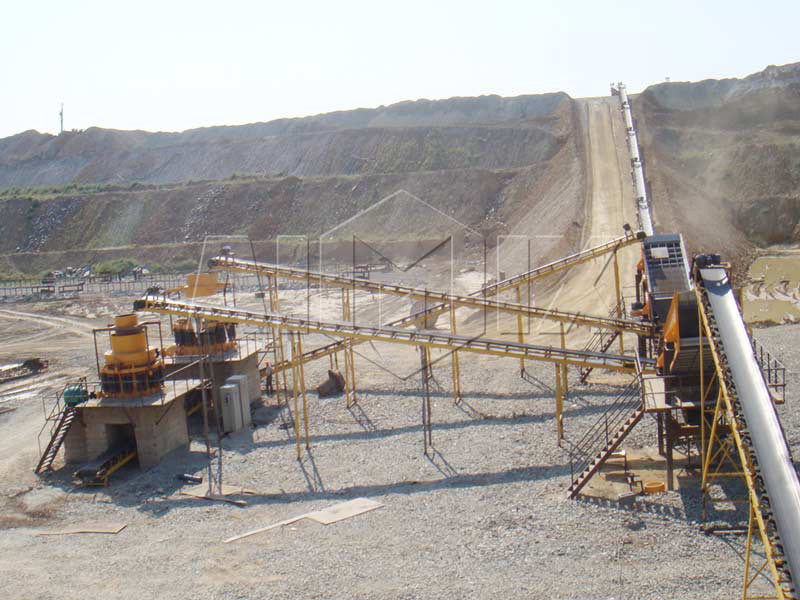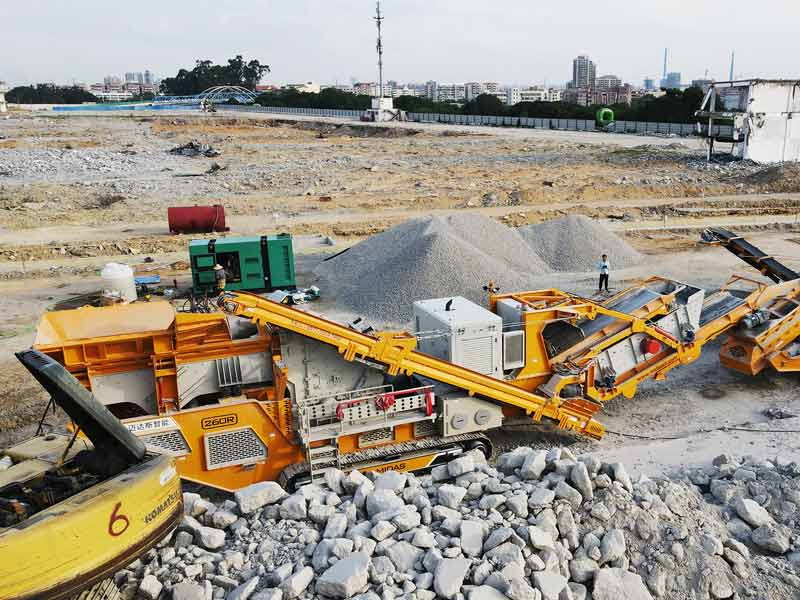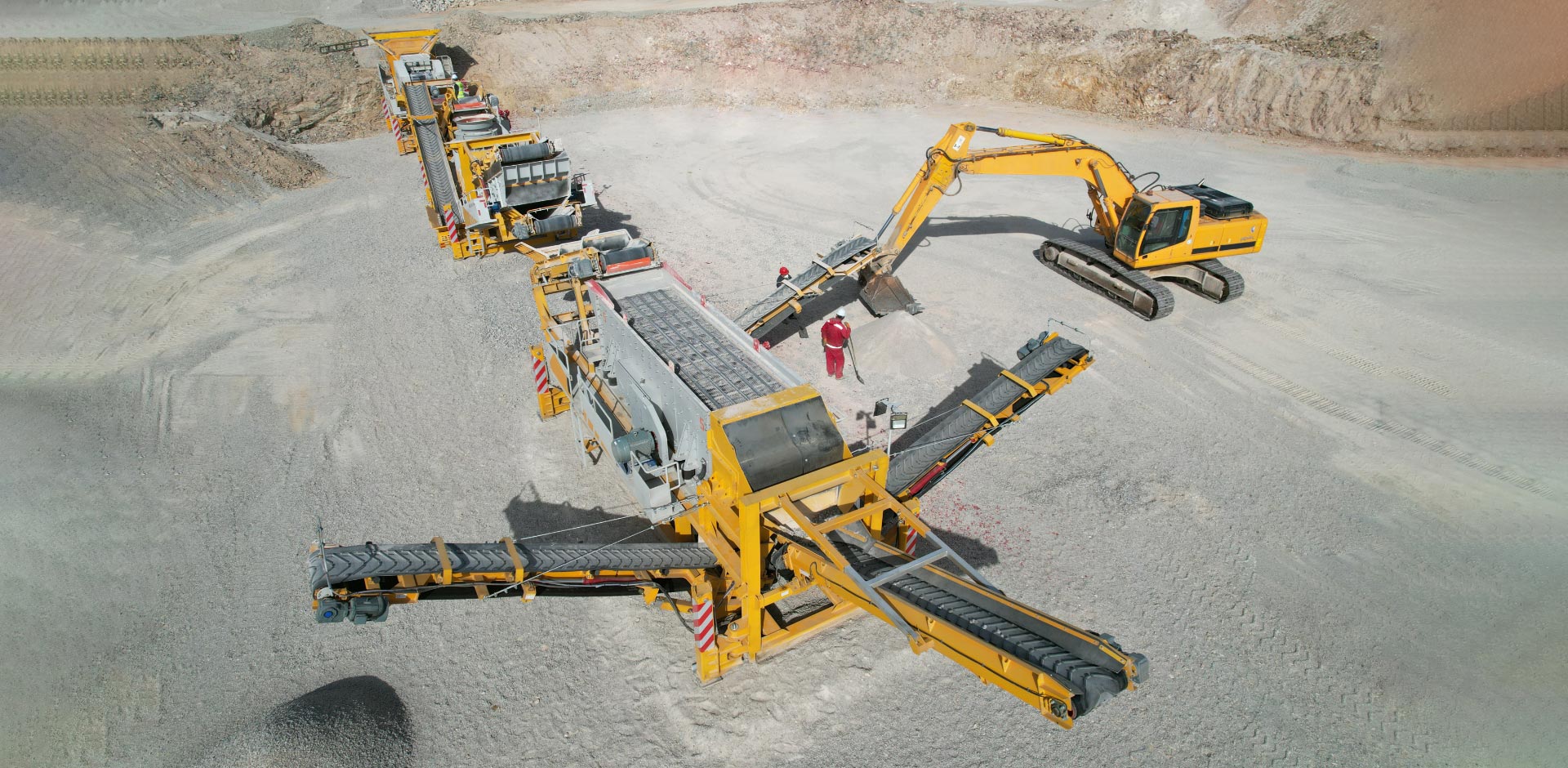If you are in need of a crusher plant to crush your stones, then you have come to the right place. Manufacturers of the relevant equipment design and produce the best crusher plant to suit your requirements. The types of crushing plants include semi-mobile and stationary ones. Choke-fed or stationary, these crushing plants are suitable for various applications. Here are some of the common types. Listed below are some of the important features to consider when choosing a Crusher Plant.
Stone crushing plants are designed by the manufacturers of the relevant equipment
Different types of crushing equipment are available for varying products. The choice of stone crusher depends on the product and the requirements of the customer. The decision is made by considering several factors like the amount of raw material required, local construction demand and the kind of ore. Depending on the size and type of the product, the stone crusher may have a jaw crusher or a cone crusher as the primary crushing equipment. Other equipment may include roller crushers and impactors.
The manufacturers of the relevant equipment design stone crushing plants based on the specifications of the final product. They can process both big rocks and small ones. Typically, these plants process rocks ranging from two to five millimeters in size. Moreover, they are designed to process multiple processes at once. There are two types of stone crushing plants, stationary and mobile. Both can be utilized for different purposes.

They can be stationary or semi-mobile
Stone crushing plants are available as stationary, semi-mobile, and wheel-mounted portable types. These plants feature crushers and screening units combined into modules. These plants process 0-600mm run-of-mine material that is discharged from the bin onto grizzly feeders or primary screening. These plants also separate natural contaminants from crushed rock. To understand the different types of stone crushing plants, see what each type is used for.
Typically, a primary crusher is stationary, meaning it is permanently positioned at a site. A semi-fixed crushing plant can move to another site, but stationary plants are typically located further from the work face. Mobile plants, on the other hand, can be controlled by excavators or other vehicles to minimize labor and transport costs. Depending on the type of plant and the location of the material, a stationary plant can save 50% or more over blast-and-haul.

They can be mobile or stationary
There are many differences between stationary and mobile crushing plants. Mobile plants are usually more expensive to operate, but the benefits outweigh the disadvantages. For example, a stationary plant needs two dump trucks to transport feed, while a mobile one only needs one. In addition, a mobile plant requires a larger maintenance staff and specialized equipment. A mobile plant can also be much lighter, making it more maneuverable.
A mobile plant is used in other industries, such as recycling and construction. The rock excavated by a mobile crusher can be hauled away and disposed of off-site. Or, it can be reused as aggregate in a construction project. Portable crusher plants for sale are used in a number of NHAI road-building projects. They are easier to move and require less maintenance. In addition to this, mobile plants can be easily installed anywhere.

They can be choke-fed
Crushing operations have several options to maximize their capacity. Jaw crushers, for example, can be choke-fed to increase production. Choke-feeding occurs when the volume of rock entering the machine crusher for sale exceeds the rate of rock exiting. Choke-feeding leads to particle breakage between plates and particles, producing a higher percentage of fines than a product. In addition, choke-feeding requires careful feed control, as fines can cause an increase in energy costs.
The first step in optimizing the size of your crushing process is to identify the bottleneck. This is typically the tertiary crusher. You should aim for a recirculating load of 15 to 25 percent. When feeding a tertiary crusher, set it to the close side to keep it choked. The next step is to make sure the size of your primary crusher is sufficient to feed the tertiary crusher.
